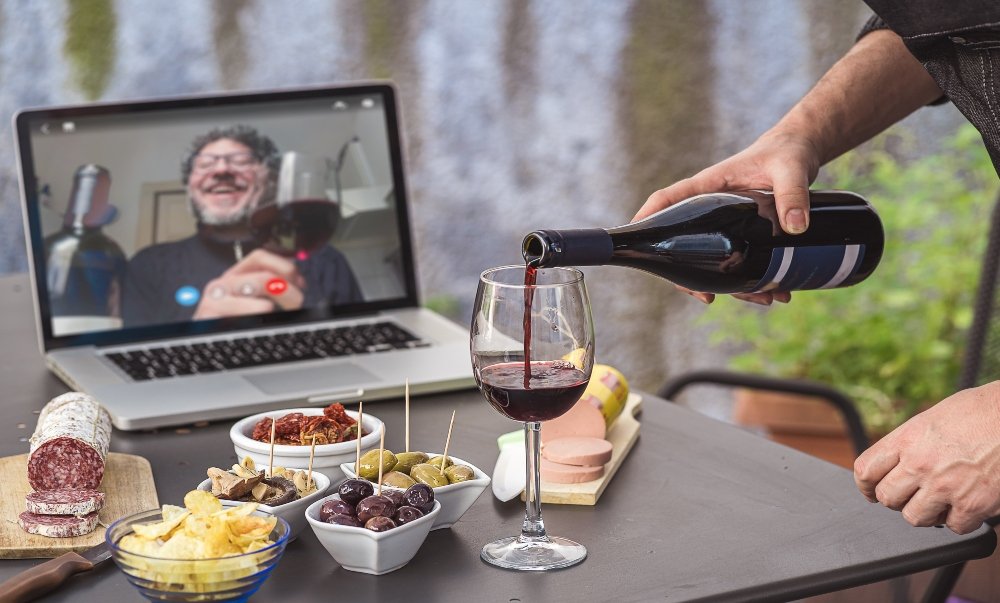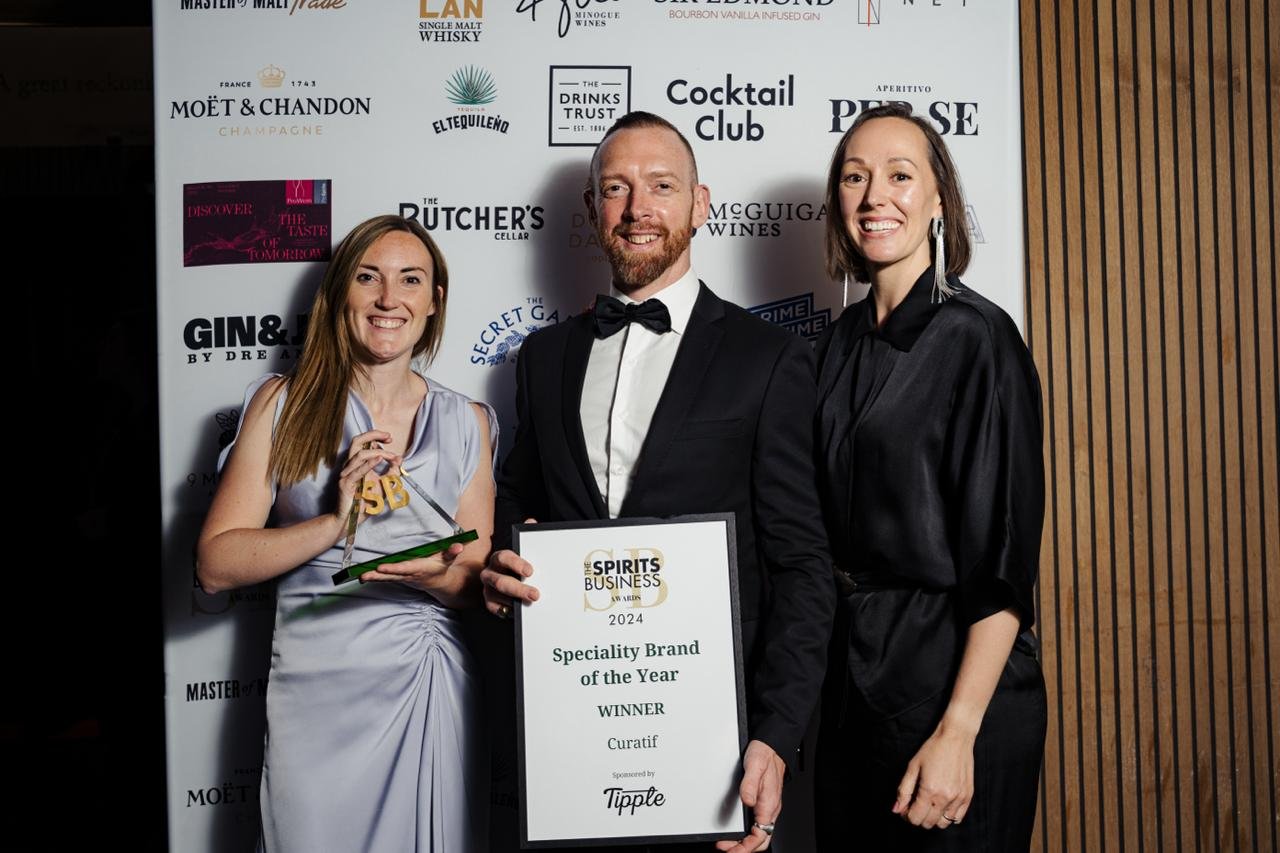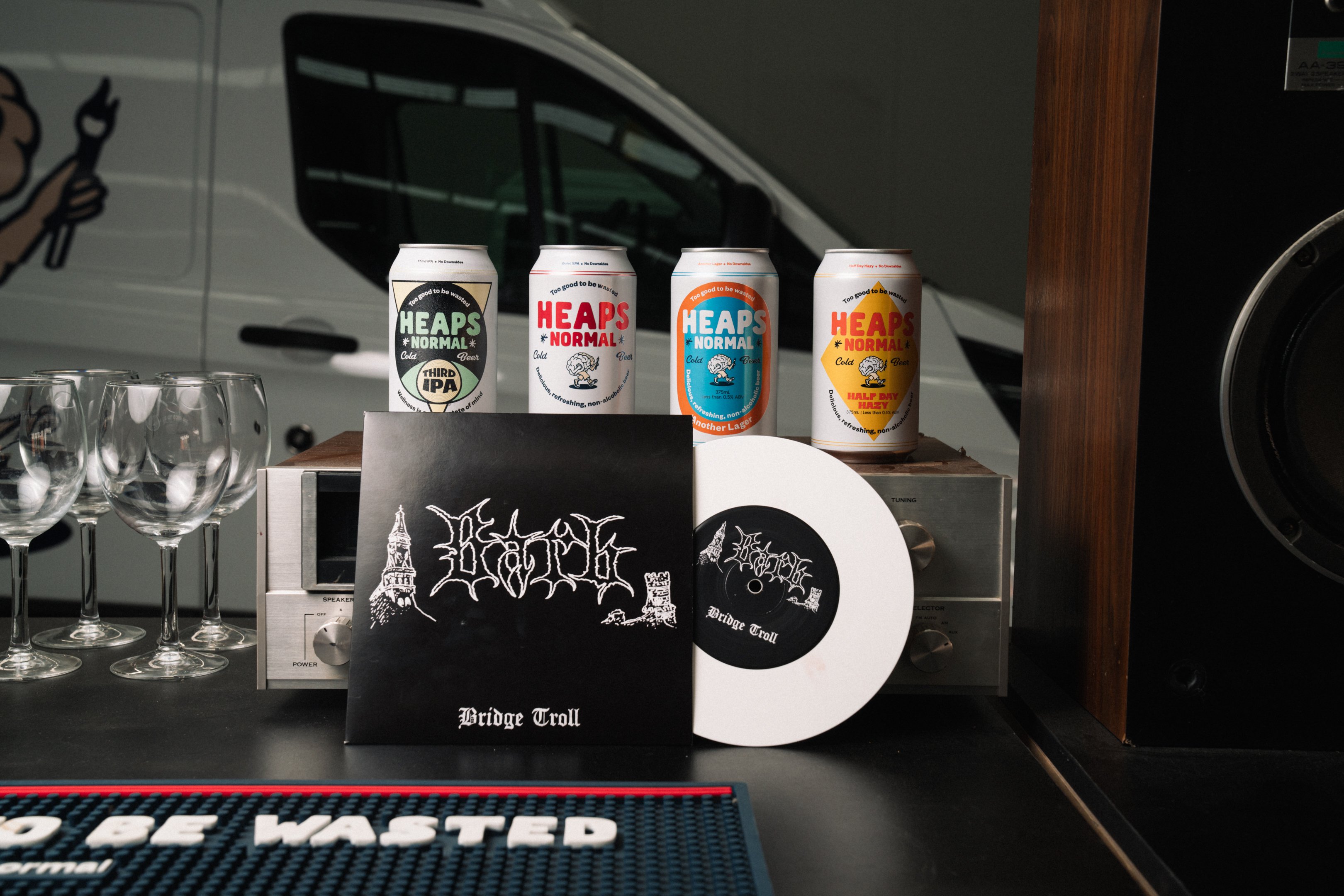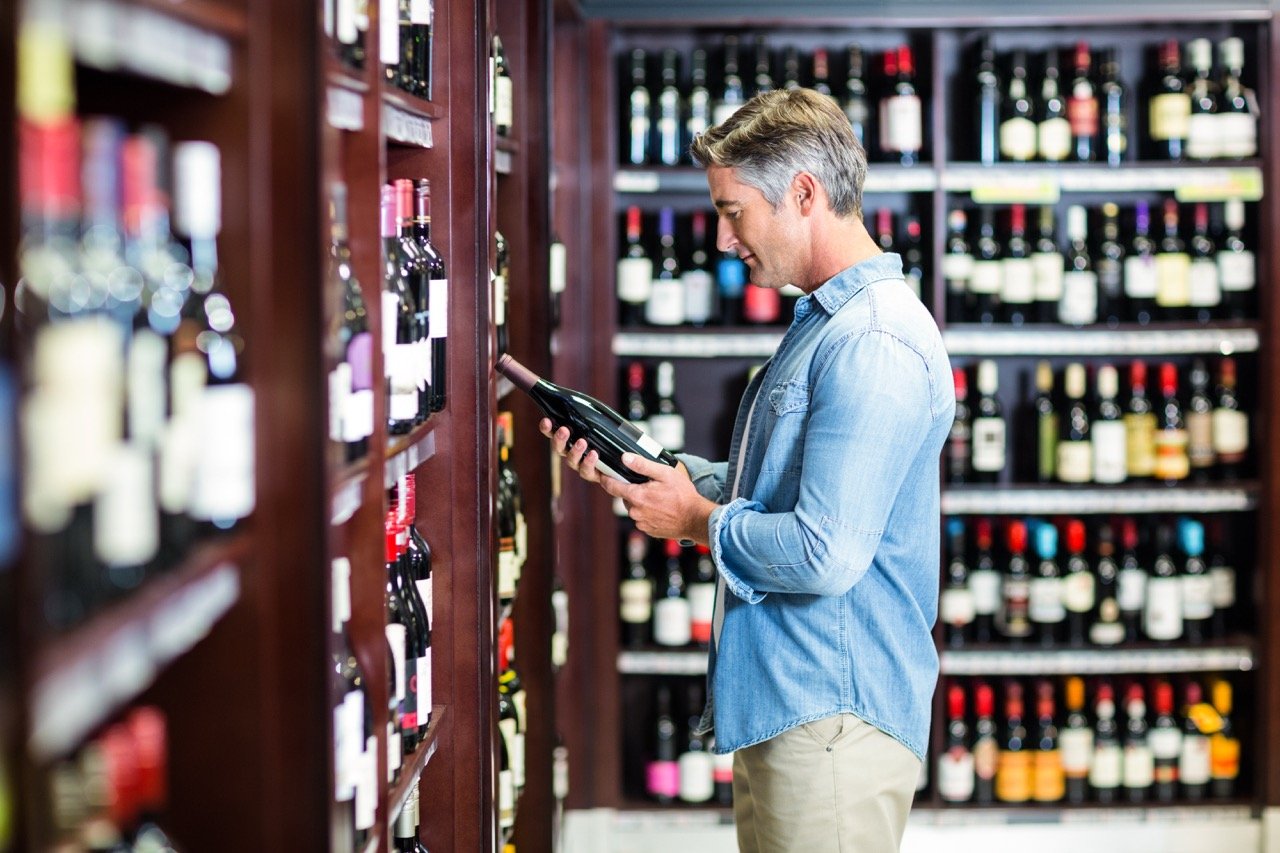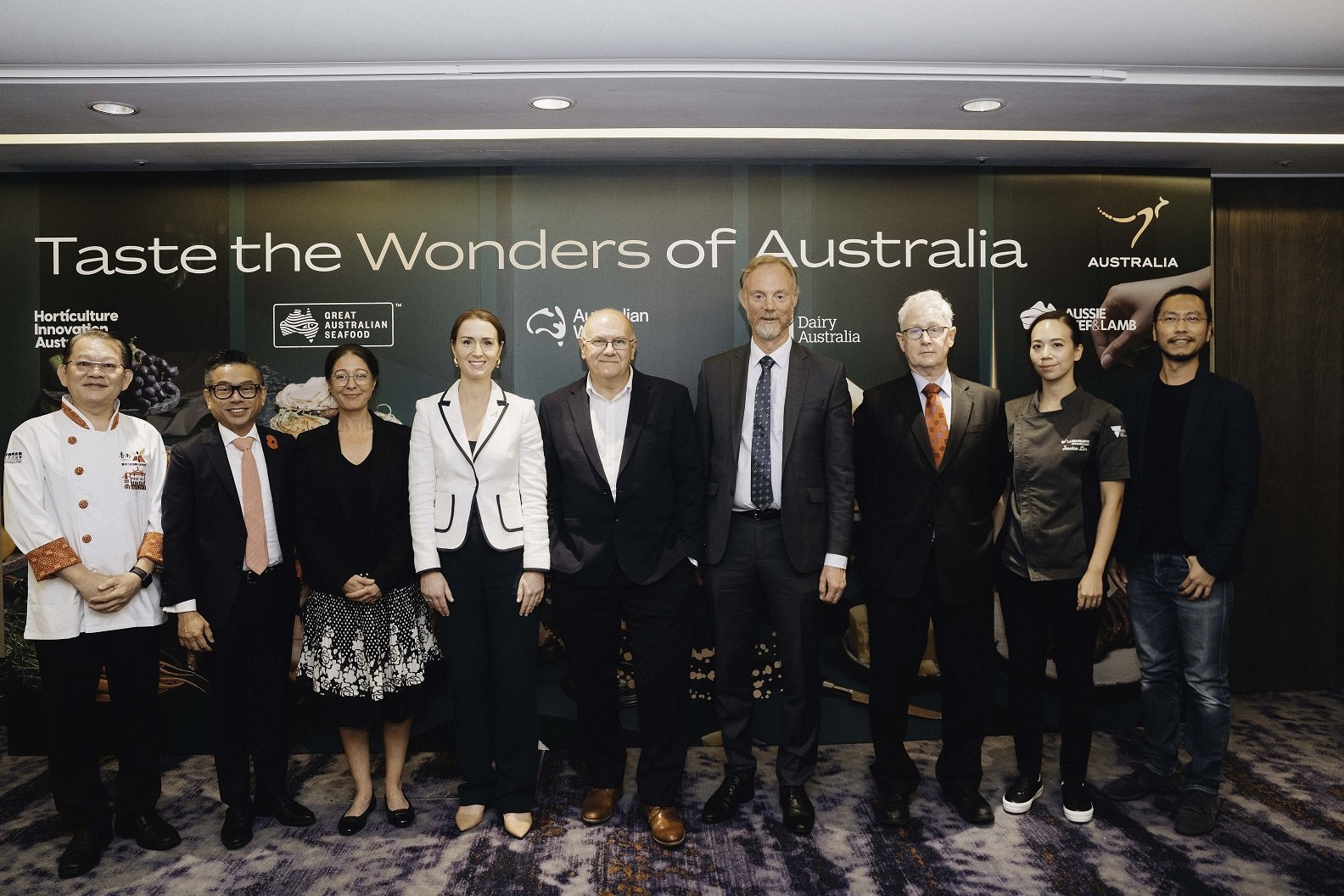In a three-part series Drinks Trade will look at trends in drinks we can expect in Australia over the next twelve months based on global trends and predictions by UK drinks analysis firm IWSR. Part Two looks at the new home-premise and its impact on consumer return to on-premise and how pandemic buying behaviour is more adventurous.
The home-premise.
A key trend in 2021 saw off-premise and online spending on drinks boom. IRI reported off-premise liquor spending surged as shoppers created cocktail bar experiences and memorable moments at home.
Consumers not only consumed more but spent more, spoiling themselves with expensive super-premium products to make up for the lack of spending in on-premise environments.
IWSR reports the new home-premise environment has become so sophisticated during the pandemic that it impacts customers' return to on-premise. The so-called home-premise is also affected by other socio-economic developments such as moving regional, working at home and spending more time in local on-premise venues.
IWSR findings indicate that premium consumption may shift from the on-trade to home-premise. As consumers gradually move back to the on-premise from home-premise, they are influenced by the last two years of experiences at home.
These factors are predicted to impact consumer expectations of the post-pandemic on-premise experience. For example, consumers will have a heightened awareness of the cost of drinks compared to the same drinks they have been creating in their home-premise environments. IWSR predict consumers will be less likely to tolerate poor products, service and experiences in bars, pubs and restaurants.
IWSR also predicts brand owners will become increasingly discerning about where they support their brands in the on-premise, suggesting they will likely increase focus on high-end venues and their most active on-premise accounts.
Trialling new products.
The latest IWSR research suggests people are increasingly switching out their beverage choices and trialling completely new beverages in the pandemic and home-premise environment.
In the first half of 2021 alone, craft beer and beer became solid categories for new product trials among consumers in 10 key beverage alcohol markets. Hard seltzers, wine, and Japanese whiskey also showed strong consumer product trial interest.
Data from IWSR shows in specific markets such as the UK and Japan, the proportion of those who trialled new products and brands significantly increased, and drinks companies are responding by diversifying their portfolios.
Brandy Rand, COO Americas, IWSR, says, "Drinks companies are responding to this evolving consumer behaviour by moving into previously unexplored categories to diversify their portfolio and, in some cases, proactively plan for the softening or decline of existing core brands and/or categories.
“Diversification also better positions beverage alcohol categories to address changing consumer tastes and the blurring of lines between traditional soft drinks and alcohol, or alcohol adjacent products, which can include CBD and other enhancements,” she adds.
“Some drinks companies may also be targeting higher-margin growth opportunities – for instance, by moving from beer or wine into spirits – but such motivations should not be overstated,” says IWSR director Thorsten Hartmann.
He explains: “There is also a proactive element at play, where brand owners have simply learnt that today’s consumers – and certainly today’s younger LDA consumers – have become more adventurous than the brand owners are necessarily used to.
“Shifting sands of consumer occasion and their beverage pairings, therefore, need to be addressed both in terms of available portfolio and how this portfolio is brought to market.”
IWSR research reports companies are no longer selling products to groups of consumers but instead selling products that fit particular consumption occasions including the home-premise occasion. Having a more expansive portfolio allows them to be more exhaustive in their approach, better understand the adjacent and competing categories, and use small-scale investments to learn more about new products and occasions.
Share the content
